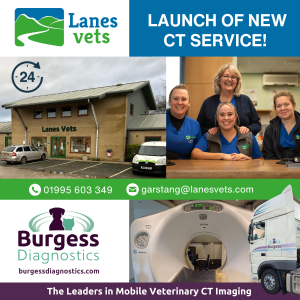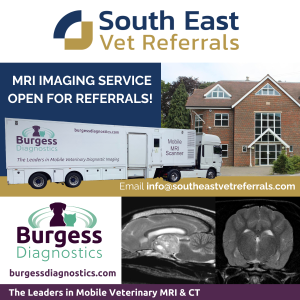For guidance on modality selection prior to imaging please refer to our 'Which modality? - Reference Guide' , if you require further assistance please email clinicalservices@burgessdiagnostics.com and our team will be in touch as soon as possible.
YOUR CLINICAL QUESTIONS ANSWERED!
Below, you will find the answers to the clinical questions we get asked the most regarding our mobile CT/MRI scanning service.
If you can't find the answer you are looking for, please give our team a call on 0845 3714 012 or email clinicalservices@burgessdiagnostics.com.
CT & MRI SCANNING
Who should we contact to discuss modality selection before imaging?
How long does it take to complete a CT scan?
It typically takes from 6 to 30 seconds per body area.
How many CT scans can be done in one session?
Approximately 10 to 15 scans can be completed in one scanning session, depending on the types of clinical cases.
How long does it take to complete an MRI scan?
It takes approximately 30 minutes per body area.
How many MRI scans can be done in one session?
A maximum of 8 patients and up to 10 body areas can be completed in one MRI scanning session, depending on the types of clinical cases.
Do we need to have an account set-up with a radiological reporting house?
Yes, please ensure you have set-up an account with your radiological reporting house at least 3 days prior to our first visit.
How do we access and view patient scans?
All our scanners are equipped with mobile connectivity and patient scan images are sent electronically to an integrated PACS (Picture Archiving & Communication System).
This allows all scan images to be stored electronically allowing you direct access online (over multiple devices) and easy sharing with other practices/clients.
If required, you can provide your own USB stick (3.0 USB 64gb stick) onto which we can download your DICOM images, so you can view them on your own viewing platform.
Who is responsible for the clinical care of the patient?
A veterinary surgeon must always be available and the clinical care of the patient (including transportation of the patient to/from and when on the mobile unit) will remain with, and under the responsibility of, the veterinary surgeon at all times.
The clinical care of the patient also includes:
- provision, management and monitoring of anaesthetic requirements, including both sedation and general anaesthesia
- monitoring and supply of oxygen to the patient
- care and management of the patient in any emergency situation
- all other areas of clinical care for the patient whilst onboard
What do we need to do before our first scanner visit?
Please refer to this handy reference guide to help prepare you and your staff for your first visit from one of our mobile scanners.
Is sedation or anaesthesia recommended for CT/MRI?
For MRI scans patients should be anaesthetised.
For CT scans the patient can be sedated or anaesthetised depending on which area of the body is being scanned and the patients condition.
GOING ON BOARD OUR SCANNERS
What will our staff be required to do before going on board the scanner?
All staff who will be coming on board the scanner must complete and sign the MRI Safety Questionnaire or read and sign the CT Site Staff – Local Rules depending on modality. For both modalities staff are not deemed safe until the questionnaire has been checked and counter signed by a member of Burgess Diagnostics staff. Previously completed MRI safety questionnaires must be provided at the start of each scanning session.
Will our team need to bring anything on board the scanner?
Yes, an oxygen cylinder (size E or F) will need to be brought on board together with any other drugs which are required for the patient.
Isoflurane anaesthetic will also be needed on board, to top-up the supply as required.
Completed and signed MRI Safety Questionnaire's or signed CT Site Staff – Local Rules documentation for all staff should be available on board, depending on imaging modality.
What documentation is required onboard for each patient?
A fully completed Imaging Request Form should be brought on board for each patient which is to be scanned during the session. Please ensure the specific areas to be scanned are indicated on the form, whether there are any clinical indications and if contrast is required.
Do our staff need to wear radiation monitoring badges when onboard the CT scanner?
Yes, all site staff must wear their own personal radiation monitoring badge (TLD*) when onboard any of our CT scanners.
*TLD – Thermoluminesent Dosimeter
CONTRAST AGENTS
Do we need to supply MRI/CT contrast agents?
Yes, please ensure any MRI/CT contrast agents have been ordered in readiness for the scheduled scanning session.
Who is responsible for administering MRI/CT contrast agents?
The veterinary site staff are responsible for administering MRI/CT contrast agents. Please refer directly to the manufacturers instructions for information on the correct dosage.
For what types of cases do you recommend using contrast agent?
Contrast agent should be used for any cases that have an extra vascular blood supply or infectious process, including:
• Tumour/Mass
• Abscess
• Disc Material
• Disco Spondylitis
• Oedema
• Meningitis
• Enlarged Lymph Nodes

